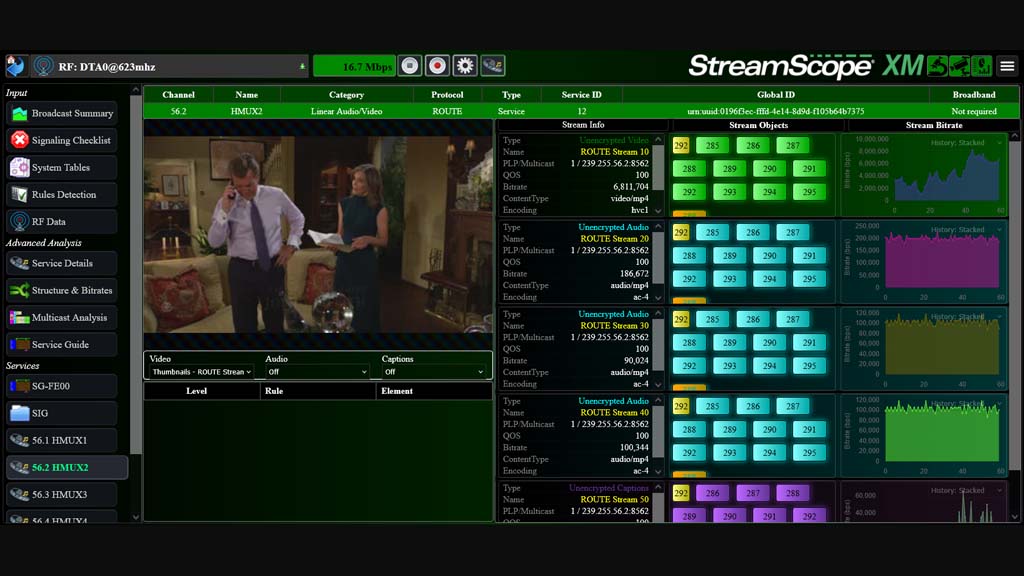How real is reality TV?
The timeline between the production shooting for a series of reality TV programs and the actual screening is finite, but never short. Because of the time spent in post production, it may be several months between the time the production staff and contenders return to civilization in the case of a “survival” series and the time that viewers see the final episode. Many newspapers now publish updates on these series, making the conclusions about as spontaneous as a soap opera cliffhanger.
Reality TV has gone from the adventurous to the ugly; it has gone from competitive to backstabbing and background politics between players. Even the business-derived “Apprentice,” where Donald Trump fires a contender every week, is about as real an example of the business world as Michael Jackson is an example of a real rancher. But seeing Trump's name as executive producer on the credits tells you what the programs are all about (the money!).
No, reality TV is not real. But live TV is real.
The days before videotape recording in TV was magical. You might have had a one-hour program that was to be aired in peak viewing time. The studio would be set by the time you arrived for work at a civilized time on the day of transmission. The talent would have gone through script and basic movement rehearsals in some grubby room off-site, probably for a week or more. They would reach the studio in a basic version of their final costumes. Studio rehearsals would involve lighting changes from the original plans, and revised camera positions and shots, as well as resolving the basic problems of getting bodies from one place to another on the studio floor without accidentally getting them into camera shots.
While the technical crew was finalizing alignment of cameras; setting audio cues; double-checking that the stack of credit cards — the original ones with actor, director and designer names on them, not the pieces of plastic we carry today — were correctly placed so that an operator could switch them with two fixed cameras cross-fading between them, the cast would go to dinner and then have final make-up corrections before hitting the studio floor again.
For the one hour of the program the adrenaline would flow continually. When mistakes happened, everybody in the studio and galleries saw them and moved on; the viewers probably didn't notice. And then, when the final credits faded out, you were done: you could go get a drink, go home, whatever, but you were done. Once the studio was powered down, crews would come in and strike the set and put in the new one for tomorrow.
Adrenaline still flows in many news and breakfast shows and, of course, in sports coverage, but with commercial breaks and a fixed routine it is not nearly the same as one hour of live drama, or 40 minutes of a live comedy show in front of a real audience, with no breaks and no downtime.
The professional video industry's #1 source for news, trends and product and tech information. Sign up below.
Things changed with the advent of the quasi-reliable VTR. Directors felt they needed to get that perfect result in each scene, so they ended up knife-and-fork editing two-inch videotape. When electronic editing came along, directors not only sought the perfect shoot, but they also added the twist that scenes would rarely be shot in the sequence that they would finally appear. This removed all sorts of logistic problems that exist with live TV.
The biggest negative with live TV is that you cannot take it back. A couple of years ago, in this column, I urged stations that aired live programming to put video delays into their feeds. The technology had arrived to do so. If the industry had done so, we would not have had to endure the bad taste of the half-time show performers at the Super Bowl, or the live broadcast by five LA TV stations of a man being shot to death with multiple rounds by the police. These types of events, unfortunately, are more reality TV than most of us want to face.
It was good to see the five-second delay in the live broadcast of the Academy Awards at the end of February. As you cruise the aisles at NAB this month think of that delay unit. There are at least four vendors offering delays available from a few seconds up to whatever you want. Convince your management to spend the money to put delay into service on your live feeds. Reality TV has a huge delay between production and broadcast; live TV can avoid becoming reality with just a few seconds of care.
Paul McGoldrick is an industry consultant based on the West Coast.
Send questions and comments to:paul_mcgoldrick@primediabusiness.com
